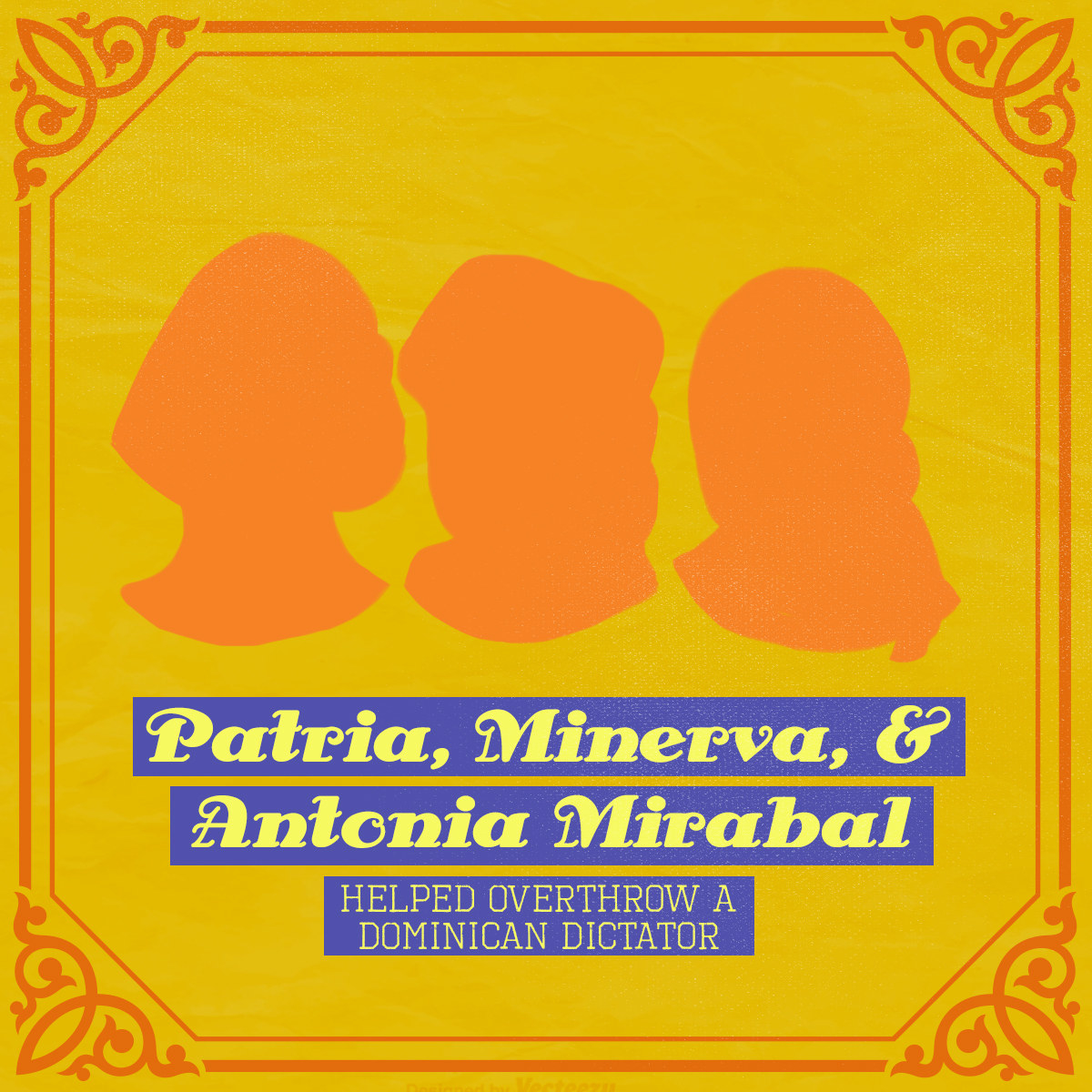1. Angelina and Sarah Grimké
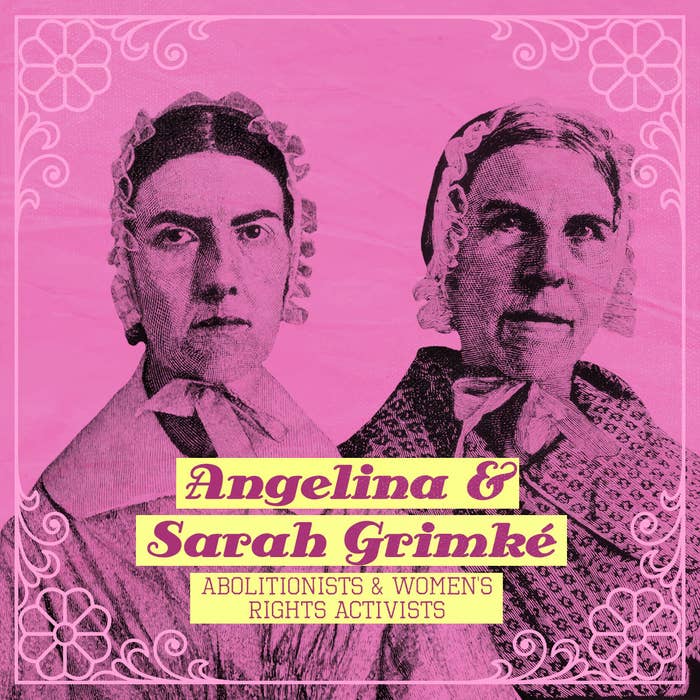
2. Margaret and Roumania Peters
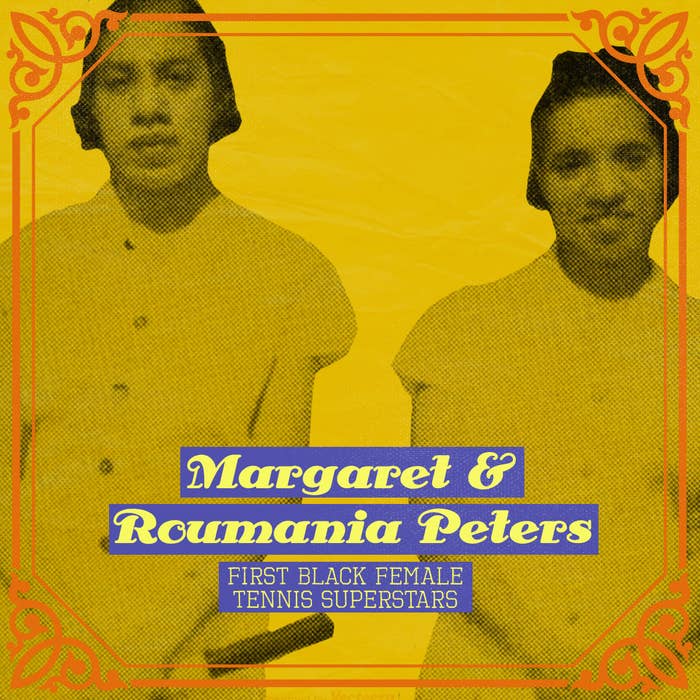
3. Trung Trac and Trung Nhi
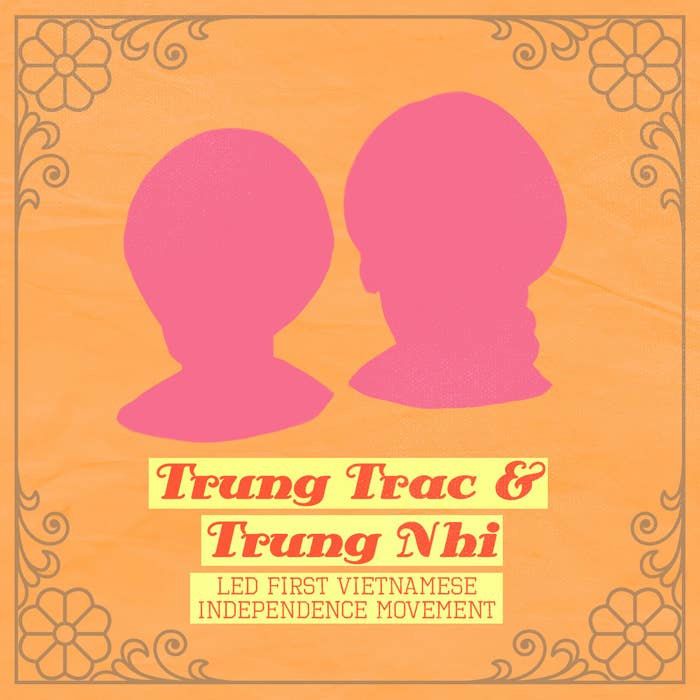
4. Stefania and Helena Podgórska

5. Emily and Elizabeth Blackwell
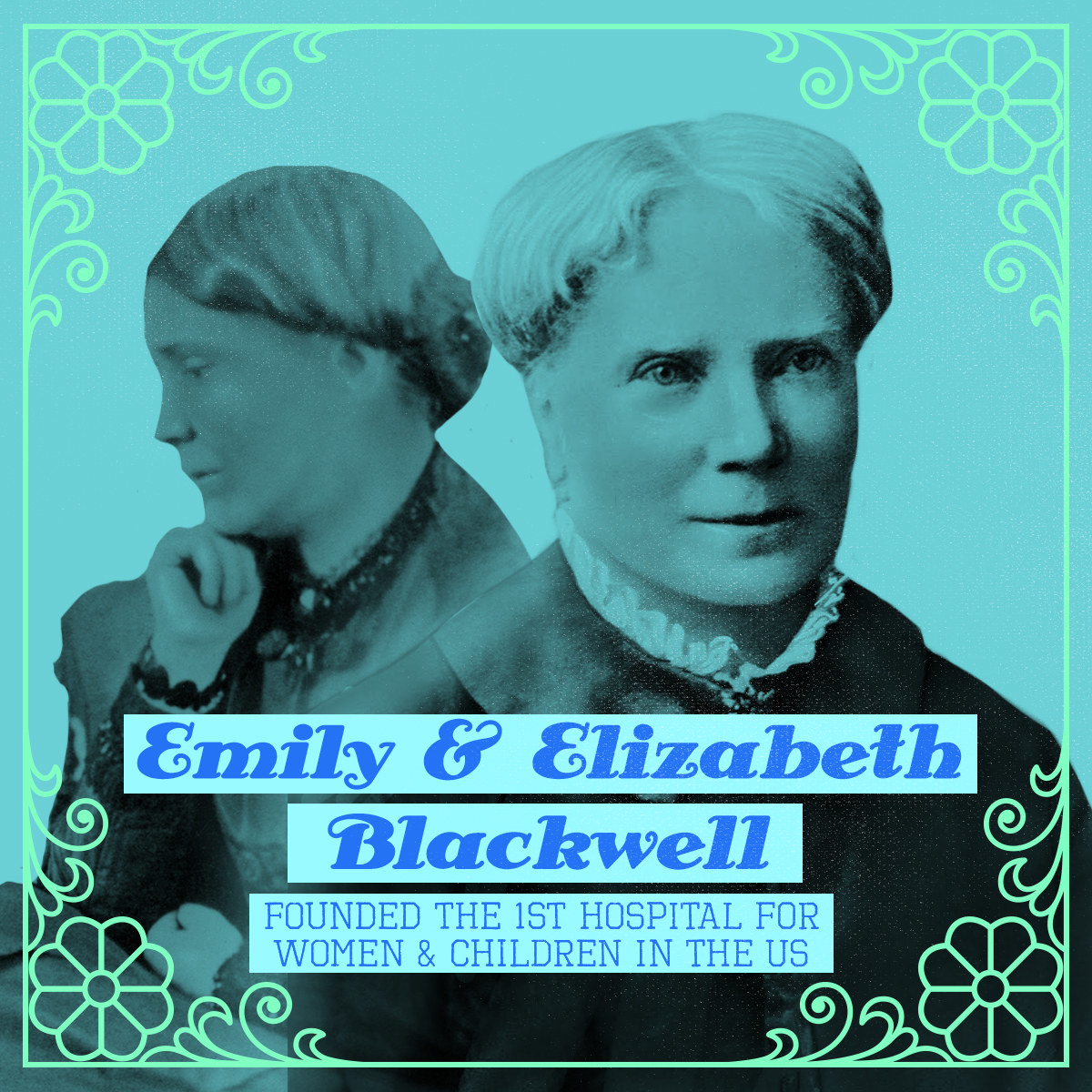
6. Sarah Louise and Annie Elizabeth Delany

7. Patria, Minerva, and Antonia Mirabal
